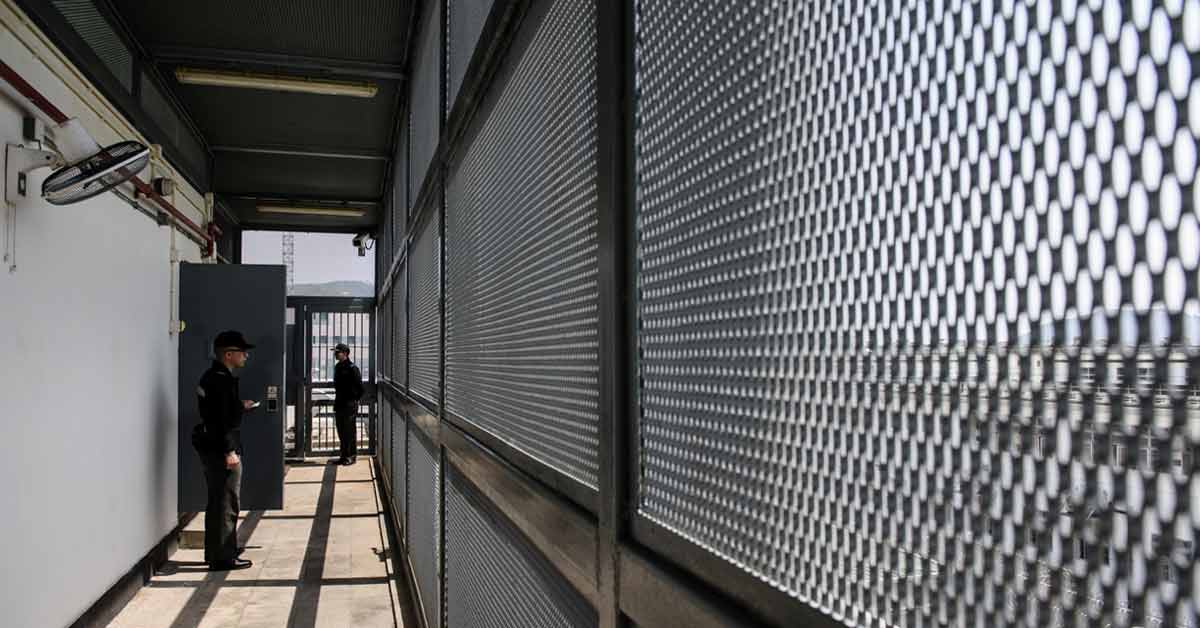Hundreds of Chinese surgeons and medical personnel have been accused of killing death row prisoners by removing their hearts for transplant even before the inmates had been officially declared dead, in a new academic paper.
International guidelines on the ethics surrounding organ transplants state that organ removal must not cause the death of the donor, but the new research from the Australian National University published this week in the American Journal of Transplantation suggests Chinese surgeons might have done just that.
A forensic review of 2,838 reports in Chinese scientific journals revealed 71 cases where surgeons might have removed a patients’ heart or lungs before a “legitimate determination of brain death”.
Brain death is typically defined as a medical state where a patient cannot survive without a ventilator.
The 71 cases in question all occurred between 1980 and 2015, an important cut-off date as it was also the year China officially banned organ harvesting from condemned prisoners. Before then, most organ transplants in China were believed to have come from executed convicts because voluntary organ donation was extremely limited.
The findings, according to study co-author and PhD researcher Matthew Robertson, were that Chinese surgeons might have carried out a final coup de grâce in an execution process that began in front of a firing squad or through lethal injection. Even if the prisoner survived that trauma, removing vital organs would cause certain death.
“We found that the physicians became the executioners on behalf of the state, and that the method of execution was heart removal,” Robertson said in a statement.
Researchers originally began their study with a data set of 124,770 publications from 1951 to 2020, but whittled cases down to 2,838 reports after filtering for heart and lung transplants. They finished their research by manually reviewing a total of 310 papers.
Cases were flagged by researchers if they contained a “problematic brain death declaration,” where doctors did not check whether a patient could survive on a ventilator, or patients were only partially ventilated with a mask and did not have a tube inserted into the throat.
Researchers say these criteria suggest the patient’s body was kept alive for the purpose of organ procurement, which can be “highly profitable” for doctors and hospitals.
The surgeries in question also involved the participation of 348 “surgeons, nurses, anaesthesiologists, and other medical workers or researchers,” who were listed in the publications.
China considers data on the death penalty a state secret, but it is thought to be “the world’s most prolific executioner” according to Amnesty International, and while organ harvesting from prisoners is officially banned in China, the secrecy makes it difficult to know whether the practice is continuing.
“Given the Chinese government’s poor and worsening human rights records in recent years, we should treat the authorities’ commitments to end the use of prisoner organs with scepticism,” said Maya Wang, senior China researcher at Human Rights Watch (HRW).
A 2019 United Kingdom (UK)-based tribunal on forced organ harvesting in China found that there was “no evidence that the significant infrastructure associated with China’s transplantation industry has been dismantled” and no explanation for how China’s organ transplant industry continued to function with extremely short waiting times.
The tribunal further concluded that “forced organ harvesting has been committed for years throughout China on a significant scale” and that most organs probably came from prisoners and practitioners of the banned Falun Gong religious movement.
A separate 2019 study by the ANU’s Robertson published in BMC Medical Ethics also raised questions about Chinese government data about organ transplants. The study found that numbers might have been falsified because they closely followed a simple mathematical formula known as the quadratic equation.
